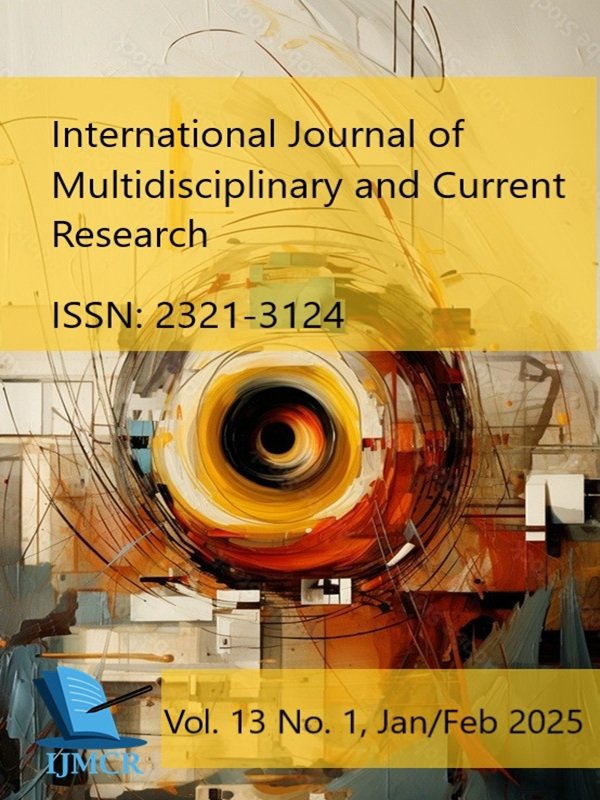PGR polymorphism in exon 3 correlated with reproductive traits in Murrah buffaloes
DOI:
https://doi.org/10.14741/ijmcr/v.13.1.6Keywords:
Buffalo, PGR, PCR-RFLP, SNP detectionAbstract
Progesterone receptor (PGR) has been known to play a central role in reproduction, being involved in ovulation, implantation, and pregnancy. Progesterone is essential for the development of decidual tissues, and if fertilization occurs, high circulating progesterone levels are important not only for facilitating implantation, but also for maintaining pregnancy. The present study was aimed to identify and characterize the PGR gene exon 3 by Bsp HI and Hpa II restriction enzymes based on PCR-RFLP. Sixty five Murrah buffaloes were selected and divided in to six groups on the basis of their physiological data. We found high genetic variation ranging from 0% to 1.7% (nucleotide sequence) and 0% to 8.1% (protein sequence) for exon 3 region of PGR gene. A nonsynonymous SNP was observed in exon 3 at 106 (A→G). Entropy plots also confirmed the genetic variation via peaks and the area covered by those peaks.

